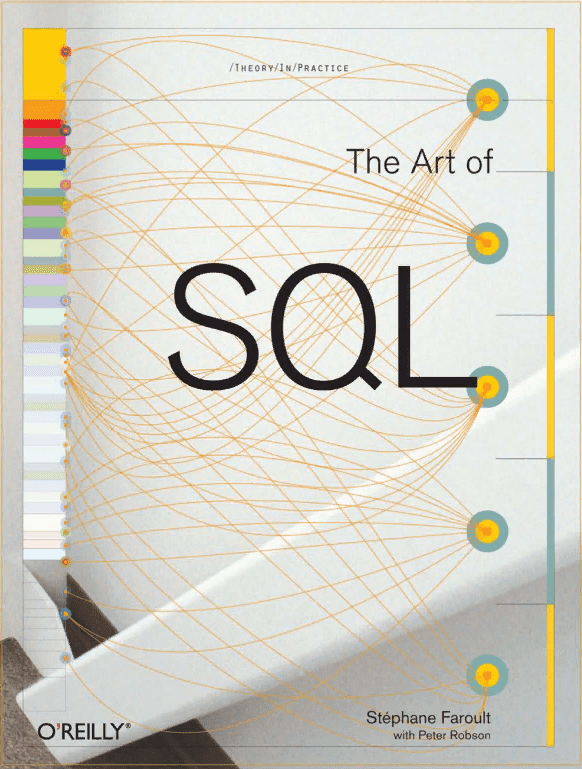
The most vital corporate data is today stored in databases and accessed through the imperfect, but widely known, SQL language—a combination that had begun to gain acceptance in the pinstriped circles at the beginning of the 1980s and has since wiped out the competition.
You can hardly interview a young developer today who doesn’t claim a good working knowledge of SQL, the lingua franca of database access, a standard part of any basic IT course.
This claim is usually reasonably true, if you define knowledge as the ability to obtain, after some effort, functionally correct results. However, enterprises all over the world are today confronted with exploding volumes of data. As a result, “functionally correct” results are no longer enough: they also have to be fast.
Database performance has become a major headache in many companies. Interestingly, although everyone agrees that the source of performance issues lies in the code, it seems accepted everywhere that the first concern of developers should be to provide code that works— which seems to be a reasonable expectation.
The thought seems to be that the database x PREFACE access part of their code should be as simple as possible, for maintenance reasons, and that “bad SQL” should be given to senior database administrators (DBAs) to tweak and make run faster, with the help of a few magic database parameters. And if such tweaking isn’t enough, then it seems that upgrading the hardware is the proper course to take.
It is quite often that what appears to be the common-sense and safe approach ends up being extremely harmful. Writing inefficient code and relying on experts for tuning the “bad SQL” is actually sweeping the dirt under the carpet. In my view, the first ones to be concerned with performance should be developers, and I see SQL issues as something encompassing much more than the proper writing of a few queries.
Performance seen from a developer’s perspective is something profoundly different from “tuning,” as practiced by DBAs. A database administrator tries to get the most out of a system—a given hardware, processors and storage subsystem, or a given version of the database.
A database administrator may have some SQL skills and be able to tune an especially poorly performing statement. But developers are writing code that may well run for 5 to 10 years, surviving several major releases (Internet-enabled, ready-for-the-grid, you name it) of the Database Management System (DBMS) it was written for—and on several generations of hardware.
Your code must be fast and sound from the start. It is a sorry assessment to make but if many developers “know” SQL, very few have a sound understanding of this language and of the relational theory.
Скачать книгу можно бесплатно по данной ссылке: Скачать

































0 Комментарии